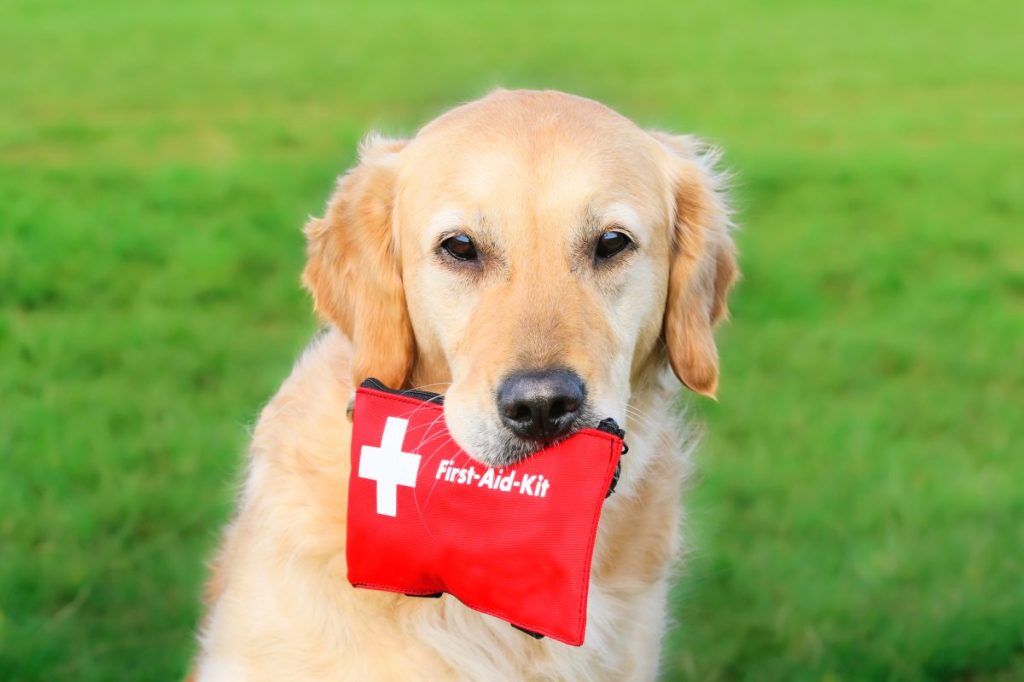Question:
What items should I include in my pet first-aid kit for my dog?
Answer:
Emergencies happen. As a responsible pet parent, you should be prepared for the worst (even while expecting the best). That means a pet first-aid kit. You can DIY it with our list of supplies below or let the geniuses at Amazon do the hard work for you and buy one ready-made.
Either way, there are a few safety precautions to keep in mind. First, it’s important to remember to keep everything in your dog’s kit out of his reach and your children’s reach. Second, be sure to regularly check the expiration dates of medicines and supplies in the kit. Throw out any outdated items. Third, if your dog has a specific medical condition, ask your veterinarian what else to add to the kit. Finally, you might want to keep your supplies in a waterproof box just to be sure it’s extra-protected. Keep a spare kit in your car.
Must-have pet first-aid kit items
These are the pet first-aid kit products no dog parent should be without. You can buy most of the items in the first-aid kit at your local pharmacy or pet store.
- 3% hydrogen peroxide
- Absorbent compresses (or gauze sponges in a variety of sizes)
- Adhesive tape, hypo-allergenic
- Clean cloth
- Cold compress
- Compact thermal blanket
- Diphenhydramine (Benadryl, only use with your vet’s OK)
- Epsom salts (for making saline solutions)
- Glucose paste or corn syrup (if your dog is a diabetic or has low blood sugar)
- Grooming clippers
- Material to make a splint: newspaper, sticks, and pieces of wood
- Muzzle (you can buy one or make your own with a roll of gauze)
- Nail clippers
- Needle-nose pliers
- Non-adherent sterile gauze pads
- Non-latex, powder-free disposable gloves
- Nylon leash
- Over-the-counter triple antibiotic ointment
- Pediatric dose syringe
- Penlight
- Petroleum jelly
- Rectal thermometer (no mercury, no glass)
- Roll bandages (such as 3-inch gauze wrap that stretches and clings)
- Roll gauze (2-inch width)
- Rubbing alcohol
- Small scissors (with a blunt end to prevent cutting skin)
- Small wire cutters
- Sterile eye lubricant
- Sterile saline eyewash
- Styptic powder (to help with bleeding toenails)
- Towel
- Water-based sterile lubricant (like KY Jelly)
This list is a good start. However, perhaps the most important thing for your kit is a list of emergency phone numbers. These should include numbers for your veterinarian, an emergency animal hospital, and the ASPCA’s Animal Poison Control Center (1-888-426-4435). Tape the list to the outside and the inside of the box.









